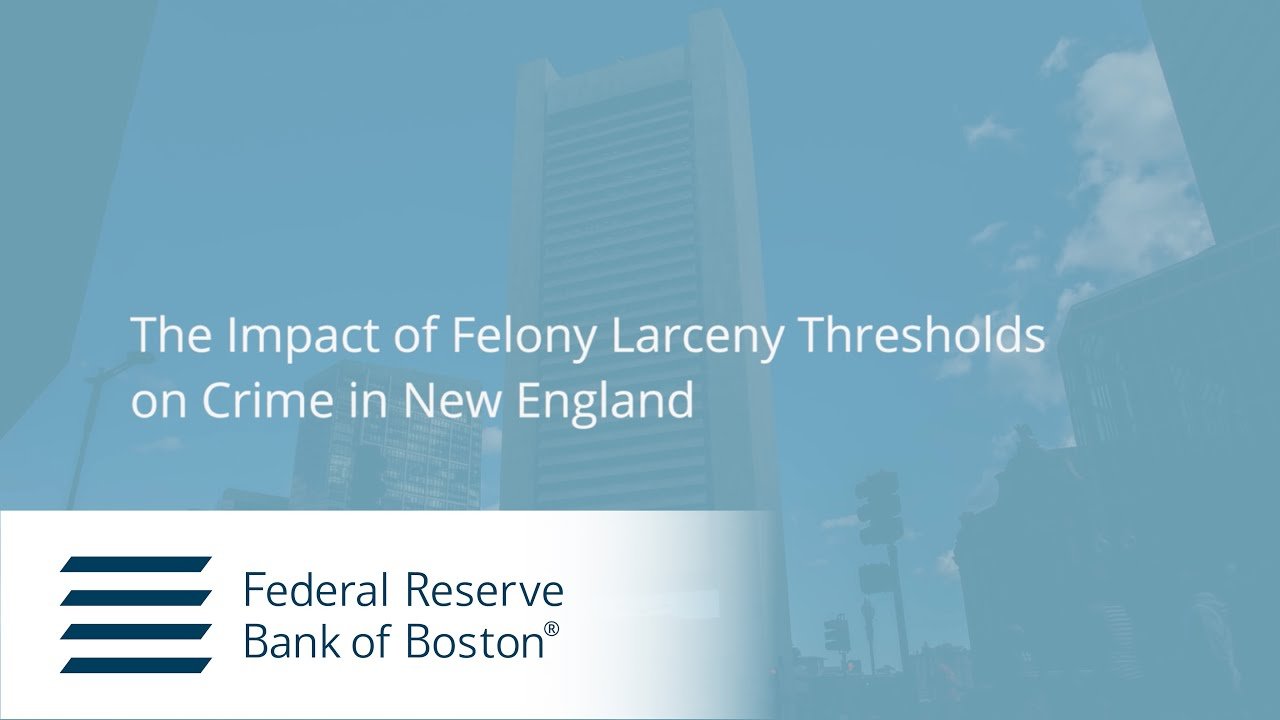By Christopher Dowling, Siobhan Lawler, Laura Doherty, Heather Wolbers
This review was commissioned to support implementation of the Standing Council of Attorneys-General Work Plan to Strengthen Criminal Justice Responses to Sexual Assault 2022–2027, which emphasises the importance of strengthening legal frameworks where required to ensure victims and survivors have improved justice outcomes and protections. The review includes an analysis of Commonwealth, state and territory legislation, a review of national and international research, reviews and inquiries, and consultations with victims and survivors and expert stakeholders. It explores any gaps and inconsistencies in the legislative landscape and their implications for victims and survivors who have contact with the criminal justice system. It also investigates the barriers and challenges to achieving greater consistency in legislation. The review broadly addresses these research questions: 1. What is the nature and scope of sexual assault and child sexual abuse legislation in Australia? 2. What differences and similarities (if any) are there between sexual assault and child sexual abuse legislative frameworks in Australia? 3. What impact (if any) do legislative inconsistencies have on: a. the investigation and prosecution of sexual assault and child sexual abuse matters in the criminal justice system; and b. the ability of victims and survivors to receive the support they require? 4. What are the barriers/challenges to achieving consistency in child sexual abuse and sexual assault legislation in Australia? 5. What are the gaps in current legislation for responding to new and emerging trends in sexual violence? 6. What does ‘best practice’ in relation to sexual assault and child sexual abuse legislation look like?
Canberra: Australian Institute of Criminology 2024. 375p.




